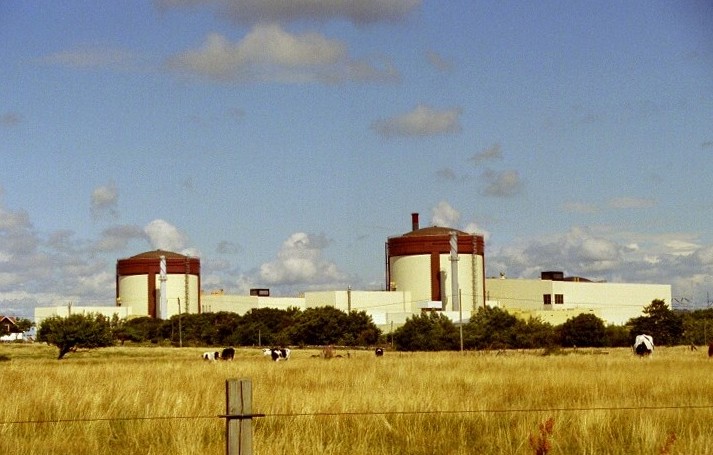a nuclear story that ends in dancing

image source: https://www.youtube.com/watch?v=mIs3OhnLPDM
Nuclear power in Sweden is a jagged graph between opinion and economy. With the backdrop of the current energy crisis, the government has opened for the possibility of allowing more than ten nuclear reactors, even in places other than the current sites. This is only the latest move in a decades long nuclear story.
Sweden began its nuclear journey soon after the end of WWII. By 1986, there were 12 commercial nuclear reactors in the country. However, the accident at Three Mile Island in 1979 affected opinion, and a referendum was held on the future of nuclear power in Sweden a year later.
Not if but when
The question on the ballot was not if nuclear power had a place in Sweden’s energy mix. The three options differed in how quickly the nuclear power plants were going to be dismantled. The second option won: nuclear power was to be phased out “as fast as possible, given the need for electrical power to maintain employment and welfare” (Vattenfall). Consequently, in 1980, parliament legislated that no new nuclear power plants be allowed. In addition, the existing ones would be dismantled by 2010 (thirty years and political eons hence).
The thought ban
That wasn’t enough, though. In the wake of Chernobyl in 1984, it also became criminal (and punishable by jail time) to “prepare construction drawings, calculate costs, order equipment or take other such preparatory measures with the aim of building a nuclear power reactor within the country.” Not even a napkin sketch, in other words.
This was generally referred to as the nuclear “thought ban” and there was opposition. Still, it took 20 years before the Persson government proposed it be taken away. In its proposition, they wrote that the so-called “prohibition of thought clause” gave “unwanted associations in a democratic context.” Nuclear research and development was “both permitted and desired.”
Nuclear gyrations
Two reactors in Barsebäck were shut down by 2005, but already in 1997 parliament had changed its mind and voted to abandon the 2010 deadline. Then in 2016, the government parties as well as the opposition agreed that even new nuclear reactors could be built (maximum ten), though only at existing nuclear locations.
It has been back-and-forth on nuclear power for decades. Now, how many power plants, and in what places, may be revised again. For some, spontaneous dancing is called for. Doing just that will soon even be legal.
Kick off your Sunday shoes
Since 1956 it has been illegal to cut footloose in private spaces without getting permission from the police in advance. Dancing is often drunken, after all, and definitely disorderly. At least in theory, under the current law, a pub owner has to break up any spontaneous dancing by guests or else they can be considered to have organized the dancing, and be fined.
As late as 2016, a commission established that getting permission for dancing was perhaps not absolutely necessary – but not requiring permission wasn’t exactly risk-free either. An event’s number of attendees, their potential drunkenness, and the reason for the event were risk factors that still needed to be considered in granting dance permission. The law remained.
Not anymore. The government proposes to scrap the law (almost) entirely. Instead of being required to get formal permission to allow dancing, you should, as a rule, just let the police department know that there may be dancing. Expect some wild craziness starting July 1st.

